Quietly Courageous
Quietly Courageous
Leading the Church in a
Changing World
Gil Rendle

An Alban Institute Book
ROWMAN & LITTLEFIELD
Lanham Boulder New York London

Published by Rowman & Littlefield
An imprint of The Rowman & Littlefield Publishing Group, Inc.
4501 Forbes Boulevard, Suite 200, Lanham, Maryland 20706
https://rowman.com
Unit A, Whitacre Mews, 26-34 Stannary Street, London SE11 4AB,
United Kingdom
Copyright 2019 by The Rowman & Littlefield Publishing Group, Inc.
All artwork by Patti Simmons.
All rights reserved. No part of this book may be reproduced in any form or by any electronic or mechanical means, including information storage and retrieval systems, without written permission from the publisher, except by a reviewer who may quote passages in a review.
British Library Cataloguing in Publication Information Available
Library of Congress Cataloging-in-Publication Data
Names: Rendle, Gilbert R., author.
Title: Quietly courageous : leading the church in a changing world / Gil Rendle.
Description: Lanham, Maryland : Rowman & Littlefield, an imprint of The Rowman & Littlefield Publishing Group, Inc., [2018] | An Alban Institute Book. | Includes bibliographical references and index.
Identifiers: LCCN 2018029089 (print) | LCCN 2018042852 (ebook) | ISBN 9781538112915 (ebook) | ISBN 9781538112892 (hardcover : alk. paper) | ISBN 9781538112908 (pbk. : alk. paper)
Subjects: LCSH: Christian leadership. | LeadershipReligious aspectsChristianity. | ChangeReligious aspectsChristianity. | CourageReligious aspectsChristianity.
Classification: LCC BV652.1 (ebook) | LCC BV652.1 .R46 2018 (print) | DDC 253dc23
LC record available at https://lccn.loc.gov/2018029089
 TM The paper used in this publication meets the minimum requirements of American National Standard for Information Sciences Permanence of Paper for Printed Library Materials, ANSI/NISO Z39.48-1992.
TM The paper used in this publication meets the minimum requirements of American National Standard for Information Sciences Permanence of Paper for Printed Library Materials, ANSI/NISO Z39.48-1992.
Printed in the United States of America
Part I
Good Leadership Is Not Enough
For the past two decades, organizations have been grasping for ways to deal with the alarming rate of change they are experiencing, both internally and in the marketplace. We have developed countless methods for managing change and, despite a completely abysmal record of results, we continue to see that the issue is not one of method but of mindset.
Alpesh Bhatt, The Triple-Soy Decaf-Latte Era: How Businesses and Organizations Are Fundamentally Transforming
At this juncture in our common life, the chance of the preacher is crucialas it has not been in a long timeprecisely because the dominant texts are failing.... It is a task of the churchwith synagogue and mosqueto offer this countertext of generosity, fidelity, and neighborliness. It is the chance of the preacher to permit people to give up old, failed textual construals and to reimagine and redescribe using this countertext. It is our human work to switch texts, and we do not do that easily.
Walter Brueggemann, The Word That Redescribes the World: The Bible and Discipleship
The work of leadership must do more than improve. It must change.
Chapter 1
Nashons Quiet Courage
Nashon, son of Amminidab, was a prince of the tribe of Judah and was with Moses and the fleeing Israelites during the escape from Egypt that led them to the banks of the Red Sea. This is the heady story of the Exodus, when the captive Israelites, as the chosen people of God, were freed from slavery by Moses, who challenged Pharaoh and led the people into the wilderness. The Hebrew Midrash provides detail that isnt in the Hebrew biblical textdetail that leads to rabbinic explanations and wonderful storytelling. Lawrence Kushner describes the Midrash as the stories and reflections of the rabbi scholars that rest before and after, above and below, the biblical text. To lead the people into the water would be to drown, but to wait without action would be to give themselves to the capture and punishment of the Egyptians. They were trapped. Someone needed to be the first to go into the water to test the promise of God for deliverance.
The Midrash tells that the leaders of the tribes of Israel all gathered at the waters edge, sat down, and argued with one another about who would go into the water first. I have often joked that I have been to that church meeting so many times myself! Action was needed, but the leaders did what they knew how to do and had a committee meeting instead. Apparently no decision was forthcoming and anxiety and fear grew and grew. Waiting for a decision no longer, Nashon, son of Amminidab, simply remembered why they were there and the promise that brought them there, so he stood up and began to walk into the water.
As the story is told, he walked into the water up to his ankles and the waters did not part. He walked into the water up to his waist and the waters did not part. Up to his shoulders, up to his chin, and the waters did not part. He continued. As he took the step that would have put his nose under water, the waters parted. It is fitting that his name in Hebrew means stormy sea waves.
Quiet courage. No memorable words to be included in the biblical text, no persuasive argumentsnot even the heros assurance that he knew what he was doing. Simply remembering the purpose of fleeing the Egyptians, remembering the promise given to Moses, he quietly got up and did what was required. Quiet courage. Above all, purposeful but also poised and risky. While others argued about the right way to do things, quiet courage stepped up to fulfill the intended purpose of the moment.
I will argue that such quiet courage is needed because the depth of change that the church now faces makes it exceedingly difficult for long-established institutions (the organized religion of congregations and denominations reported in the media) to thrive. Later, in chapter 2, I will argue that long-established institutions, such as congregations and denominations, are now countercultural. These well-established institutions no longer fit comfortably into the current cultural value system that focuses heavily on individuals. That later chapter is critically important to my argument about quiet courage because until leaders recognize the depth and permanence of the change that they face, they will always be tempted to revert to learned behaviorsto sit by the Red Seas shore and have conferences, make public statements, pass organizational legislation, and continue their practices as usual when a much more radical quiet courage is needed. Central to my argument in this book is my conviction that the established institutional church cannot now thrive on the good leadership it currently has.
Dont gloss over that sentence. The established institutional church cannot now thrive on the good leadership it currently has.
Having worked with a vast number of congregational and denominational leaders (lay and clergy) over a period of many years, I am convinced of the goodness of these people and the good leadership that they work diligently to provide. Each year and every decade give me an increase in evidence of how our leaders are working differently and more efficiently. Nonetheless, the established institutional church will not grow or thrive with its current good leadership even though they are good people with hearts, minds, and hands in the right places. Different and efficient are not enough. It remains continually and increasingly clear that this good leadership is not making the leap to the new changed mission field. Trends of increasing generational disinterest and trends of cultural irrelevancy of organized religion continue unabated. Something more is needed. Leaders must change from good leadership to quiet, courageous, purposeful leadership.
Next page

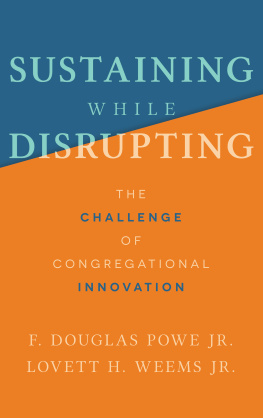
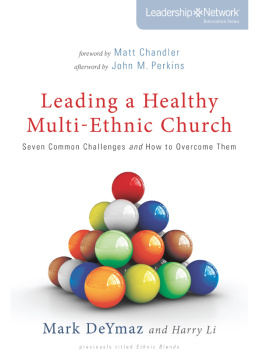
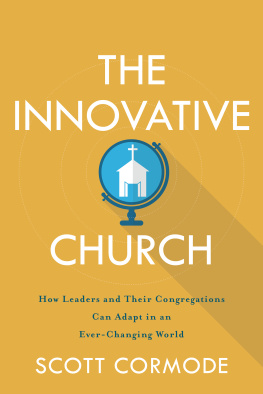



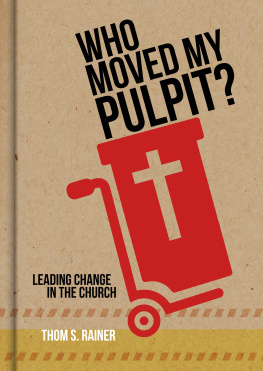
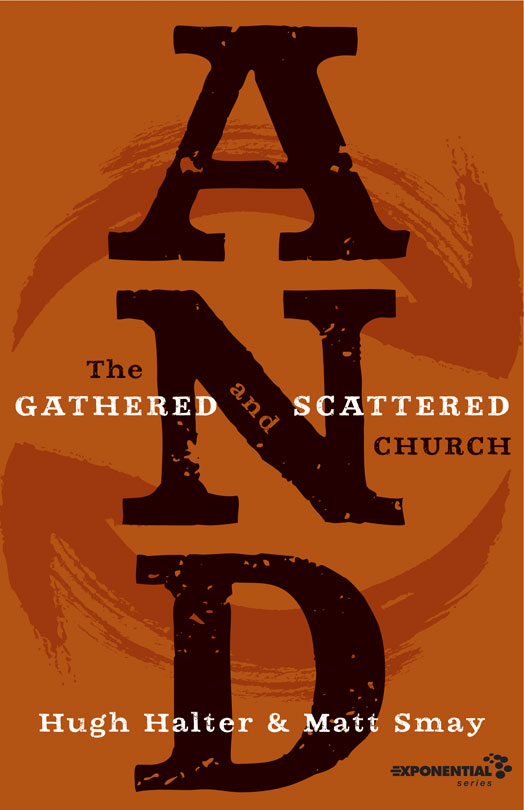
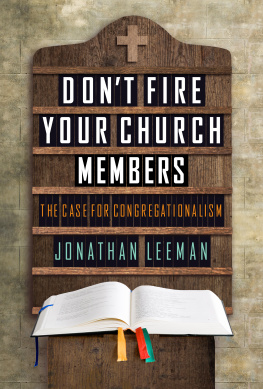



 TM The paper used in this publication meets the minimum requirements of American National Standard for Information Sciences Permanence of Paper for Printed Library Materials, ANSI/NISO Z39.48-1992.
TM The paper used in this publication meets the minimum requirements of American National Standard for Information Sciences Permanence of Paper for Printed Library Materials, ANSI/NISO Z39.48-1992.